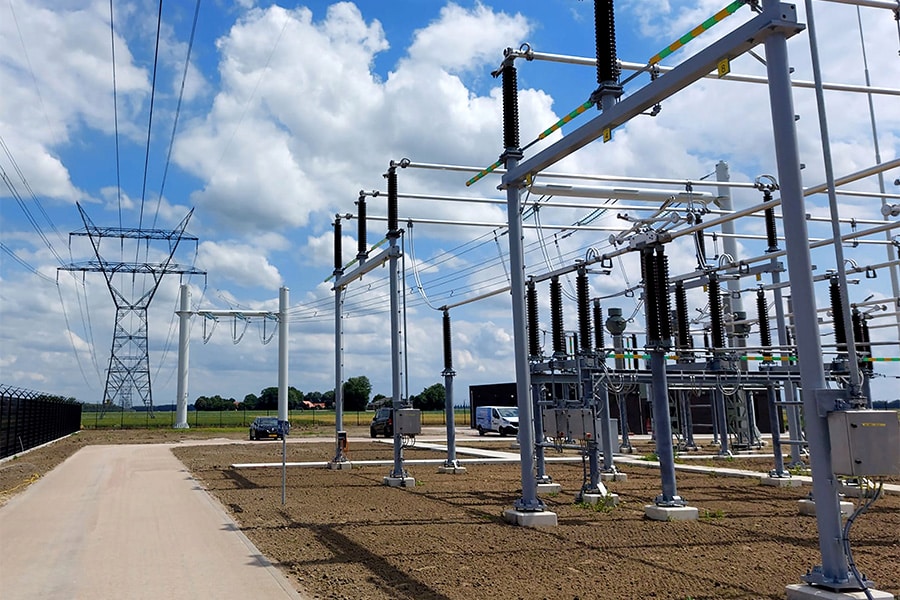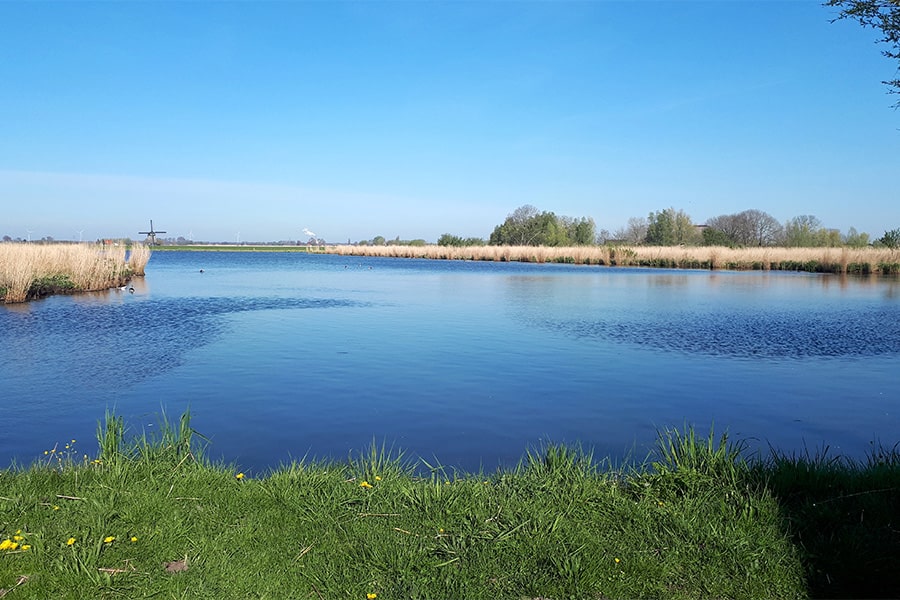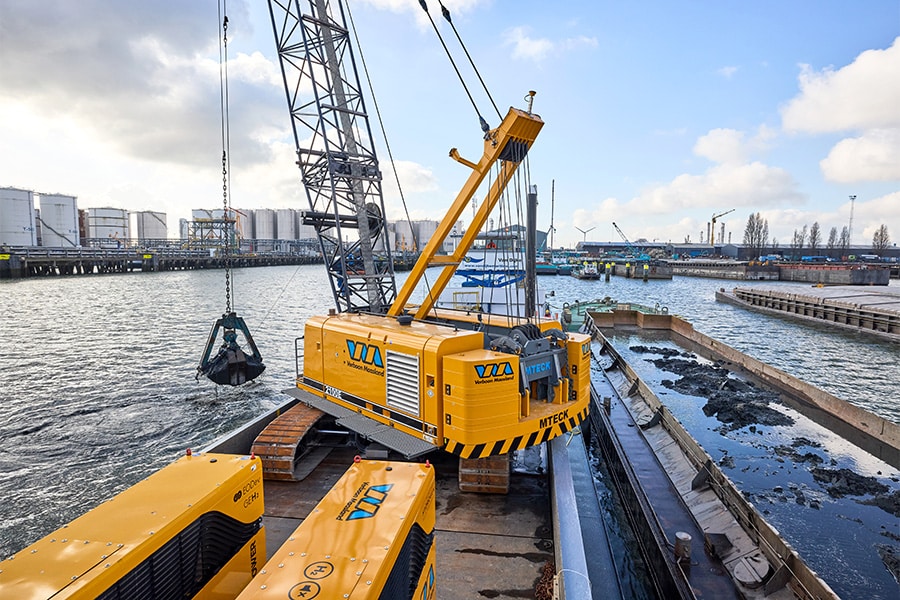
Measuring prestressing forces in Wood Bridge
The A27 between Houten and junction Hooipolder is being tackled at various points to improve traffic flow. The three major bridges on this stretch will be replaced, and the Houtensebrug will be widened. To arrive at a good design plan, the concrete tubular bridge will be subjected to an intensive inspection, during which even the prestressing forces will be measured. And that is unique by Dutch standards.
The Houten Bridge is part of the northern section of the Houten-Hooipolder route and has been provisionally licensed to construction consortium De Groene Waarden. "In the tender, the construction combination asked us if it was possible to measure the prestressing forces in the tubular bridge," begins Robert Jansen of DYWIDAG. "Until now, the answer to that question was always 'no.' Measurements you make on an existing structure are always samples at the point where you measure. With prestressing, you want to measure the stress over the entire cable. Yet now we have said, it can be done. In fact, the thinking about measuring has changed. A trend line is determined from the point measurements. What is the picture, what do we expect and does that match what we are measuring?"
Ten positions
How powerful is the Wood Bridge still? The team from DYWIDAG and De Groene Waarden did not rush to answer this question. The bridge consists of four concrete tubes, of which the two tubes on the west side were subjected to inspection. On this side, a bridge with an additional roadway will be built seamlessly against the existing structure. De Groene Waarden's structural engineer determined in advance at which points in both tubes he expected the most risks or deviations. DYWIDAG did the same from their extensive knowledge and experience of predictive engineering. "That data was overlaid and from there ten positions were identified whose forces we want to measure," Robert explains. "In early December 2023, we took the first measurements and at the end of January 2024, we took the second set of measurements in the other bridge shaft, without obstructing through traffic."

Bowstring methodology
Using radar technology, the prestressing strands in the concrete were accurately located. "Using high-pressure water jets, the concrete was removed very locally and zone by zone and the cables were exposed at the intended measurement points. Then the casing tubes were peeled off and the injection was sprayed away," Robert outlines the course of the particular process. "This preparation allowed us to free one strand from the bundle of strands. A hook was placed around this to then use the bowstring method to pull the strand up in 1-mm increments. This requires a certain amount of force. Based on the construction of these measurements, we are able to determine a trend line of the force in the cables. Significant deviations may lead to follow-up measurements."
It was initially chosen to measure one strand to minimize the recesses that had to be made in the concrete, Robert says. "The structural engineer used a theoretical model to determine what the strength should be at those points knowing that the bridge is already forty years old. The theoretical values are currently being laid alongside our measurement data and thoroughly analyzed." DYWIDAG's bowstring measurements are part of a comprehensive testing program on the bridge to get a complete picture of the bridge's condition in order to come up with a proper design plan.



